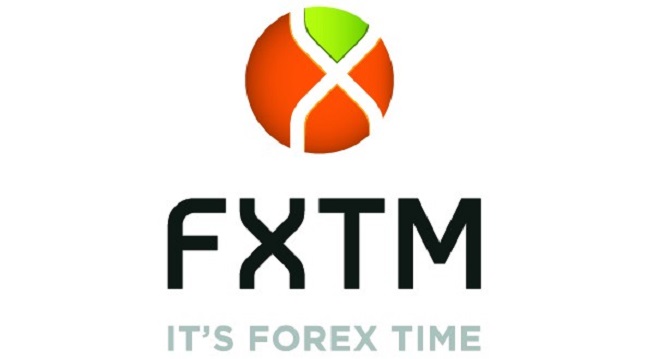The market is still reeling from Friday’s Non-Farm Payrolls (NFP) data announcement where only 113,000 new jobs were created in January, much less than was forecast. The low number was partially attributed to the unseasonably cold weather of the past few months; however there was good news in the form of the unemployment rate that dropped to 6.6%. The mixed jobs news was responsible for a boost in EUR/USD volatility immediately after the data was released as the pair jumped from 1.3565 to 1.3640. The market has since consolidated and EUR/USD is trading more consistently around 1.3635.
Investors are now awaiting a statement that Janet Yellen, new Chairwoman of the US Federal Reserve, is due to give on Tuesday. Her statement is expected to include some indications as to the direction of US monetary policy, such as whether she expects the current pace of tapering of the economic stimulus to be maintained. Those investors with an interest in emerging market economies will no doubt be paying particularly close attention to Yellen’s comments. Any indication that the Fed is looking to increase the pace of tapering will likely have the knock-on effect of weakening the currencies of emerging economies as foreign investment moves back to established markets such as the US. US retail sales data is also scheduled to be announced on Friday and many analysts consider this a more true indication of the robustness of the recovery than jobs data.
Friday will also see the release of GDP data from Germany, France, Italy and the eurozone which will likely impact upon EUR/USD. Eurozone GDP is forecast to rise to 0.2% but the real focus will be on France with the local economy teetering on the edge of recession. Last week, the European Central Bank (ECB) elected to keep interest rates unchanged with officials setting aside concerns that inflation may stay low for too long a period. ECB President Mario Draghi is also due to give a speech on Wednesday ahead of the ECB Monthly Report on Thursday. Both of these events may provide opportunities to further gauge the central bank’s monetary policy strategy. The EUR/USD pivot point is 1.3581, with resistance at 1.3682, 1.3876 and 1.3977; and supports at 1.3387, 1.3286 and 1.3092.
In the UK, the main focus for GBP traders will be the quarterly inflation report from the Bank of England (BoE) which will be released on Wednesday. Analysts are hoping that BoE Governor Carney will use this report to signal plans to change its policy on forward guidance. When the policy was first announced in August last year, Carney stated the Bank would not raise interest rates until the unemployment rate fell to 7% or below. However, as the unemployment rate has been falling faster than expected, the market is looking to see how Carney will manage expectations of a possible interest rate cut. The GBP/USD pivot point is 1.6471, with resistance levels at 1.6634, 1.6831 and 1.6994; and supports at 1.6274, 1.6111 and 1.5914.
The Japanese yen softened on early trading on Monday after news that the country’s 3.3 trillion yen surplus for 2013 was the smallest on record. This data reflects further concern that the economy is not recovering and it suggests exporters have not fully reaped the benefits of the weak yen. The recovery is not being helped by the fact that the Bank of Japan (BoJ) economic stimulus plan is being dwarfed by the parallel intervention of the Fed. However, Governor Kuroda does still have room to expand Japan’s stimulus and many analysts believe he needs to weaken the yen further to achieve the 2% inflation target. The USD/JPY pivot point is 103.08, with supports at 104.38, 106.74 and 108.04; and supports at 100.72, 99.42 and 97.06.
The Australian dollar also weakened with AUD/USD dropping to 0.8936 when the market opened on Monday. Sentiment was hit by the news that Toyota no longer plans to manufacture cars in Australia – a worrying announcement ahead of Thursday’s unemployment rate announcement. The Australian unemployment rate has slowly risen over the past year from 5.3% to 5.8% and it may even top 6% in January. No doubt the slowing labour market will continue to be a concern for the Reserve Bank of Australia as it looks to outline its strategy for economic growth and inflation forecasts. The AUD/USD pivot point is 0.8832, with pivot points at 0.9004, 0.9257 and 0.9429; and supports at 0.8579, 0.8407 and 0.8154.
What to Watch this Week:
USD pairs continue to offer volatility to day traders and investors should carefully watch the speeches from Janet Yellen and Mario Draghi this week for further market activity. Many traders may also look to take advantage of opportunities surrounding a weaker yen.
For more information please visit: Forex Time



